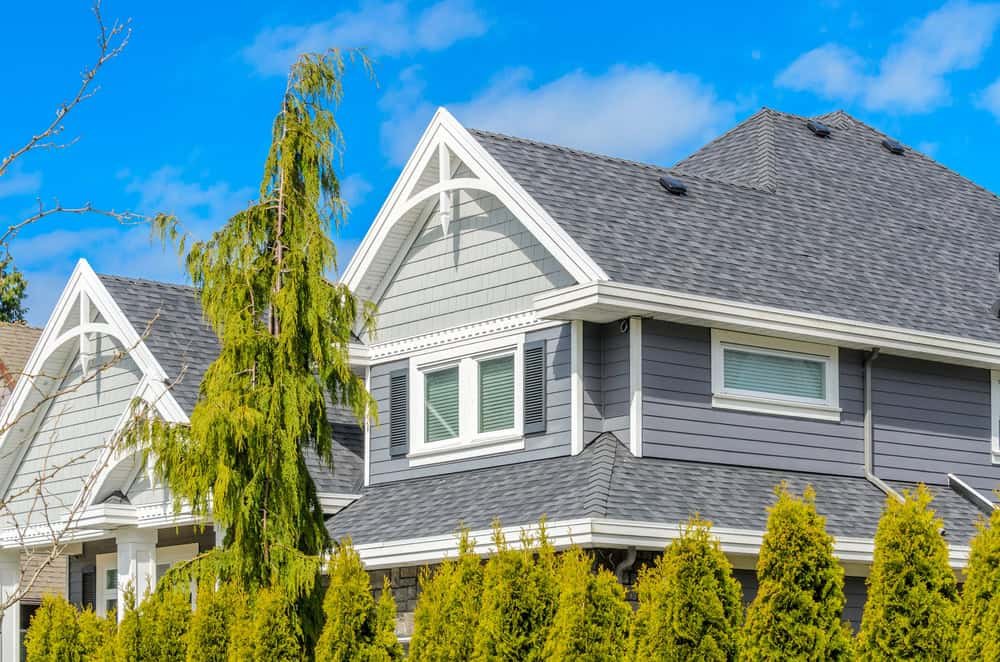Roofer in Captiva, FL
Your Roof Fixed Right the First Time
When Captiva’s storms hit, you need a roofer who understands island living and won’t disappear after the check clears.
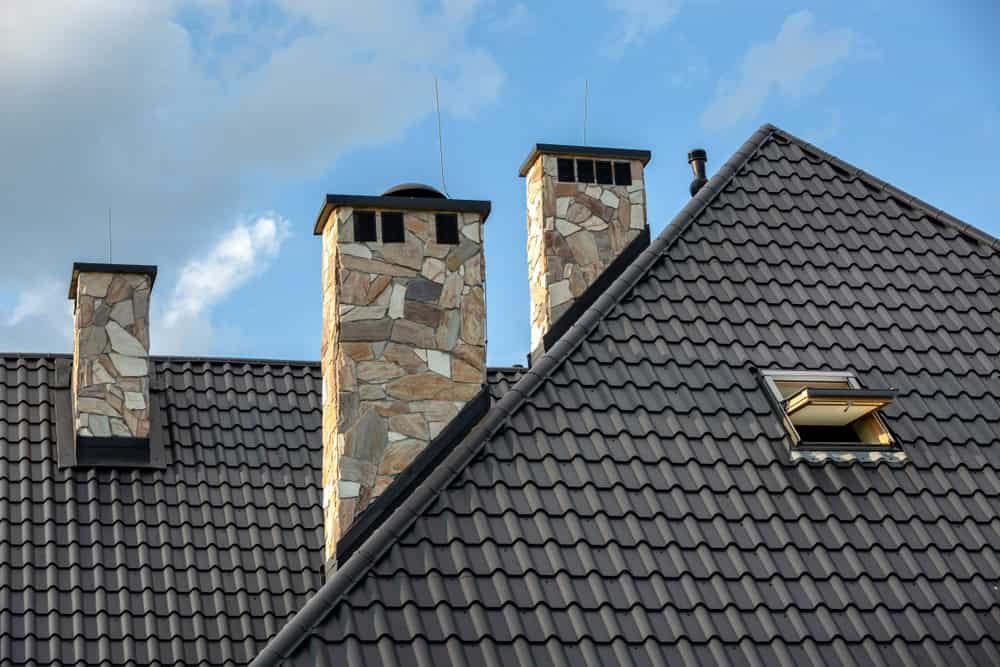
Reviews
100% Customer Satisfaction
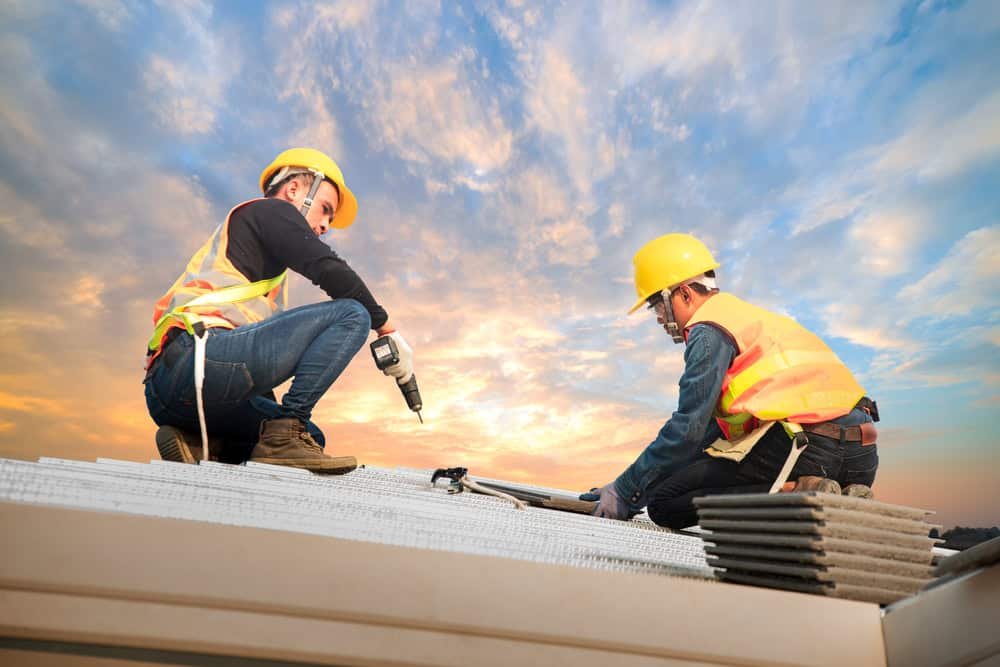
Captiva Roofing Services
No more buckets catching drips during Florida’s afternoon downpours. No more wondering if your roof can handle the next hurricane season. No more sleepless nights when the wind picks up. When your roof is properly installed and maintained, you get peace of mind. Your home stays dry, your belongings stay protected, and your insurance company stays happy. You can focus on enjoying island life instead of worrying about water damage creeping through your ceiling. A solid roof also means lower energy bills. In Captiva’s heat, a well-ventilated roof with proper materials keeps your AC from working overtime. That’s money back in your pocket every month.
Local Captiva Roofer
We’ve spent over two decades fixing roofs across Lee County. We’re BBB accredited, fully licensed, and we’ve seen what hurricanes can do to roofs that weren’t built right the first time. We’re not storm chasers who show up after disasters and vanish with your deposit. We’re a family-owned business that’s been here through Hurricane Ian, Hurricane Charley, and every storm in between. When you call us next year for maintenance, we’ll answer. Living on an island means your roof faces salt air, hurricane winds, and Florida’s relentless sun. We know which materials hold up and which installation methods prevent problems before they start. That knowledge comes from decades of fixing other contractors’ mistakes.
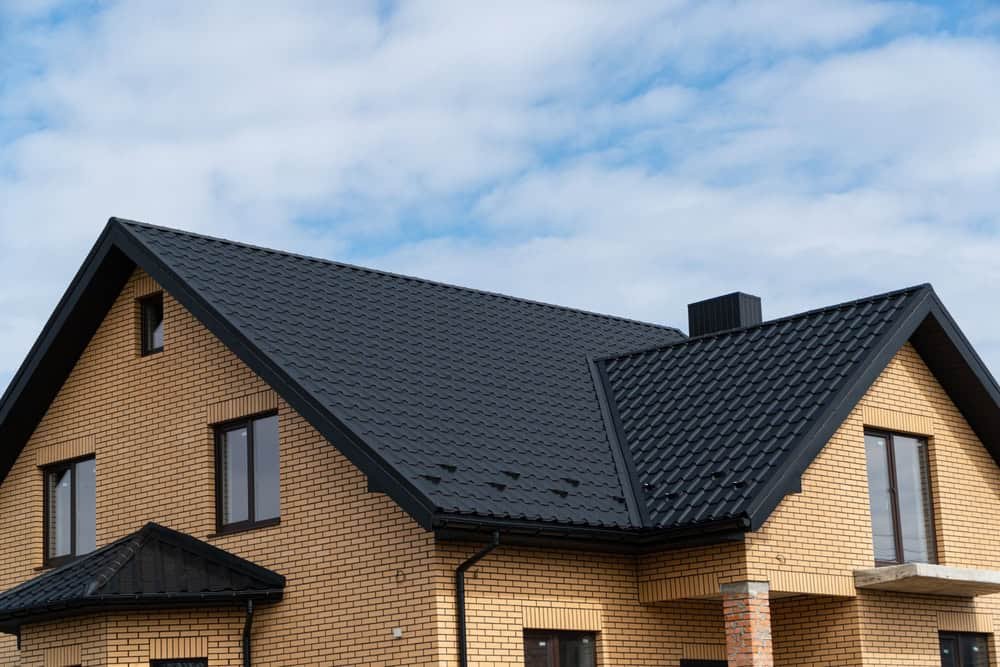
Roofing Process Captiva
First, we inspect your roof thoroughly. Not just from the ground with binoculars, but actually getting up there to check flashing, underlayment, and areas where problems typically start. We document everything with photos so you can see what we’re seeing. Next, we explain what needs to be done and why. No confusing technical jargon or pressure tactics. Just clear information about your options, from simple repairs to full replacement. We discuss materials that work best in Captiva’s climate and give you realistic timelines. When we start work, we protect your property and clean up daily. We coordinate with your insurance company if storm damage is involved. Most importantly, we do the work right so you won’t need to call someone else to fix our mistakes six months later.
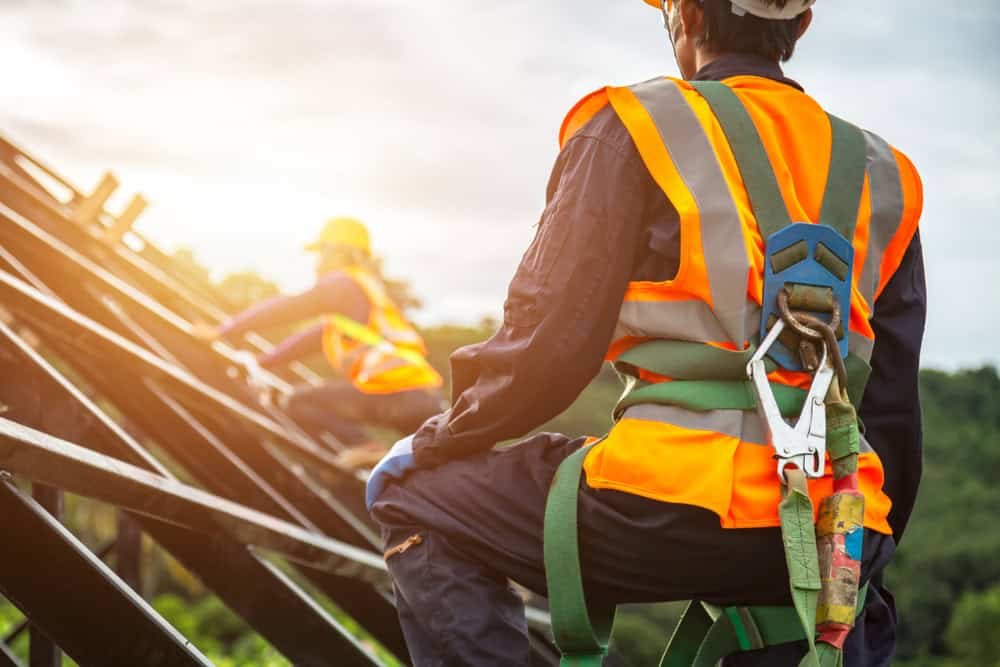
Ready to get started?
Captiva Roof Repair Services
Every roofing project includes proper permits when required, coordination with Lee County building codes, and materials designed for Florida’s hurricane zone. We handle emergency tarping, leak repairs, full replacements, and routine maintenance. For Captiva homeowners, we pay special attention to wind uplift ratings and impact resistance. Your roof needs to handle 150+ mph winds, not just look good from the street. We use materials and installation methods that meet or exceed the latest Florida Building Code requirements. We also understand Captiva’s unique challenges. Salt air corrodes certain materials faster. Sand and debris from storms can damage shingles. The island’s elevation and exposure create different wind patterns than mainland properties. These factors influence our material recommendations and installation approach.
